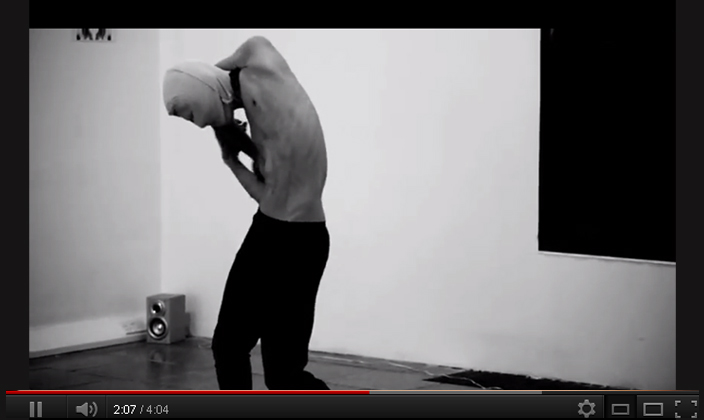Lovejoy was an assistant to editor Anne V. Coates for films from The Horse's Mouth (1958) to Lawrence of Arabia (1962). He was next an assistant to editor Anthony Harvey on Dr. Strangelove (1964), which was produced and directed by Stanley Kubrick. Harvey subsequently became a director himself, and Kubrick promoted Lovejoy to be the editor for 2001: A Space Odyssey (1968). Kubrick and Lovejoy next worked together on The Shining (1980).
Stephen Prince described Lovejoy's contributions to 1980s films as follows, "Ray Lovejoy cut Stanley Kubrick's 2001: A Space Odyssey (1968), and he worked again with Kubrick on The Shining and supplied that film with an entirely different--tenser, more foreboding--texture than the stately science-fiction film possesses. Lovejoy also proved adept at editing for blockbuster effect. His cutting in Aliens sustained that sequel's narrative momentum with a speed and tension that its predecessor did not have, and his editing on Batman finessed that film's gaping narrative problems by simply rushing past them."
In 1987, he was nominated for the Academy Award for Film Editing for his work on the film Aliens (1986). He died of a heart attack on 18 October 2001
Filmography http://www.imdb.com/name/nm0522487/
2001: A Space Odyssey (1968)_ the editing in 2001: A Space Odyssey is often used in conjunction with strategic camera placement in order to exemplify the strange and unknown space in which most of the film takes place. This clip tracks Dave as he heads to HAL's logic center and disables HAL's higher functions. Through this progression, the film often makes cuts that aren't entirely congruous in order to help establish the peculiarity of the outerspace setting and to fracture the only room that can be construed physically as HAL.

The sequence begins with shots following Dave through the ship and without much editing at all, the camera distances itself from Dave when he reaches a ladder and begins to climb. Without a specific cut, the camera angle changes drastically from following just behind Dave to pointing straight up as he climps a ladder and steps off into another chamber. This is a change that becomes more and more dramatic as the scene progresses, and the space that the camera frames gets twisted and more confusing with movement like this as well as careful editing. The following match-on-action cut shows this well when we switch to a very low angle shot of Dave entering the door; the two consecutive shots are filmed from very different angles, but the action of Dave stepping through the door connects them for viewers, forcing them to accept this very awkward switch of action continuing into a horizontal shot from a vertical shot. This cut enforces the bizarre and unfamiliar setting of outerspace to the viewers by being unfamiliar in and of itself. That constant rearranging of axes for the characters floating through space is reflected in the angles Kubrick uses as well as the drastic cuts between those angles.
We follow Dave as he unlocks the door to HAL's logic center from this same low angle. The aesthetic effect of this angle seems to differ from the normal sense of dominating power by the central character here. Though Dave certainly seems to be an unstoppable force against HAL in this case, the angle, and perhaps the close proximity of the camera to Dave, doesn't give that feeling as much as it just seems to be unable to position itself in any other way. The awkard angle of Dave, never capturing the total room that he is in at one time, defines the space in that small room by appearing to only be able to occupy a very small portion of it, and not very easily. Once Dave opens the door, the film makes another strange cut into a totally different angle as Dave enters HAL's logic center, completely rearranging the axes in space once again. As Dave floats through the room towards HAL's mainframe and begins to slowly dismantle it, the camera cuts between three or four completely displaced and disjointed shots of Dave, making it incredibly difficult to visualize him as facing a wall, the ceiling, or the floor.
This sequence of Dave inside HAL's logic center cuts between these different angles in an attempt to show how space and setting is considered in the film. As the audience begins
to get comfortable with one angle of Dave, perhaps assuming he's facing a wall, the film cuts to a strange new angle that may make him appear to be inches from the floor. All of these cuts construct the setting by making it nearly unidentifiable, and HAL's "brain room," our only glimpse of a possible physical room for HAL to exist in, is disjointed and fractured as the film cuts back and forth, presenting the room from different angles to make the floor indistinguishable from the ceiling.

Alien(1986)_

Batman 1989_
to get comfortable with one angle of Dave, perhaps assuming he's facing a wall, the film cuts to a strange new angle that may make him appear to be inches from the floor. All of these cuts construct the setting by making it nearly unidentifiable, and HAL's "brain room," our only glimpse of a possible physical room for HAL to exist in, is disjointed and fractured as the film cuts back and forth, presenting the room from different angles to make the floor indistinguishable from the ceiling.

Alien(1986)_

Batman 1989_































